Why lighting can transform the perception of space
Light as a tool for spatial perception
The way light is distributed in a room directly influences how we perceive the space. A well-placed light source can create a sense of depth, making even a small space appear more spacious.
Using light to direct the eye toward a wall or ceiling helps create height in a room. Lighting plays a fundamental role in making your room appear larger.
An economical alternative to heavy work
Choosing a well-thought-out lighting solution allows you to enlarge your room without major renovations. By strategically using different light sources (ceiling lights, table lamps, spotlights, and accent lamps), you can bring light where it's lacking, especially in dark corners.
This is an ideal option to maximize the volume effect without affecting the structure of the home.
The basics for visually expanding a room
Focus on natural light
Natural light is the most effective source of light to visually enlarge a room. It's essential not to block openings like windows with overly thick curtains. Opt for curtains in white or pastel shades.
By placing a mirror facing daylight , you can reflect the light and brighten the space. On a balcony or terrace, the outdoor light further enhances this impression.
Playing with colors to reflect light
The color of the walls, ceiling, floor, and even furniture plays a crucial role. White, light blue, or off-white paint helps diffuse natural or artificial light evenly. Neutral and light shades like beige or pastel are preferred.
These choices increase the perceived brightness and reinforce the effect of a more spacious room. Even a light-colored piece of furniture or a reflective painting can help maximize the light in the room.
Avoid gray areas and prioritize diffusion
A shadowy area can significantly reduce the impression of volume. Light must be diffused evenly, by multiplying light sources such as floor lamps , pendant lights or lamps facing the walls.
Decorative objects can also be illuminated to attract the eye. Using a lamp with a clear shade or a frosted glass light fixture creates ambient lighting that is ideal for a small apartment.
Lighting techniques to visually enlarge an interior
Adopt multi-layered lighting
Multi-layered lighting combines general lighting, accent lighting, and decorative lighting. This allows you to play with contrasts and structure the room.
Good lighting to visually enlarge a space should include light sources at different heights: ceiling lights, wall lights, table lamps, or a floor lamp in a living room area. It's a simple but incredibly effective trick.
Ceiling and recessed lights
A recessed ceiling light or a discreet model placed in a false ceiling is perfect for providing even light.
This is a magnification luminaire that directs light upwards and avoids dark areas. This type of general lighting is particularly recommended for small spaces.
Wall lights facing the ceiling
An upward-facing wall sconce diffuses light onto the wall and ceiling, creating a sense of height and an illusion of grandeur. This type of lighting is very effective in small homes where every element must be maximized.
Floor lamps with wide diffuser
A floor lamp placed in a dark corner with a wide diffuser can illuminate a large area. By playing with the color temperature (warm for ambiance, cool to enlarge), you can create different moods depending on the time of day. This accent lighting solution is ideal for enhancing the light in a small room.
Use indirect and discreet light points
Indirect light sources placed behind a piece of furniture, under a table or in a false ceiling create a wall of light effect.
This type of LED lighting , discreet but powerful, allows light to be diffused without harming the eye. It is a modern design technique that adds decorative value while optically enlarging a small room.
Choosing the right lighting for a more spacious interior
Minimalist and suspended lighting fixtures
A minimalist chandelier , a lightweight pendant light, or a recessed spotlight are all perfect lighting options for making a room appear larger. A well-placed, modern pendant light can enhance the feeling of height. However, be careful not to place a light fixture too low in a room with low ceilings.
Translucent luminaires and reflectors
A light fixture made of glass, polished metal, or clear acrylic reflects light throughout the room. This type of lighting allows you to play with artificial light to create different moods. It's an ideal option for enhancing the light in dark corners, especially in small spaces.
Shapes and materials to lighten the space
Light, simple-looking lighting fixtures designed to reflect light are ideal for not weighing down the room. A slim wall sconce , a white table lamp, or a neutral model diffuses light while remaining discreet. Using them provides effective lighting without sacrificing style.
Problem rooms and bright solutions
Enlarge a narrow living room
In a narrow living room, using multi-layered lighting with recessed spotlights, table lamps, and a discreet chandelier can play on perception. Placing a large mirror on the longest wall and directing the light to the sides creates the illusion of width. Light paint, a white ceiling, and low-profile furniture contribute to the impression of a spacious living room.
Brighten up a small windowless room
In a windowless bedroom, it's essential to combine simulated natural light with a variety of light sources. A lamp facing the ceiling, a wall sconce above the headboard, and a warm white LED ceiling light provide effective lighting. Adding a faux skylight or string lights can also provide a unique solution.
Visually open up a kitchen hallway
In a long, narrow kitchen, recessed ceiling lighting, pendant lights above the table , and spotlights under wall units are ideal choices. Using light-colored materials for the floor and walls, adding glass elements, and using white light bulbs helps diffuse light throughout the entire space . Good lighting to visually enlarge the space is key to success here.
Lighting as a sensory experience
Create an evolving light scenography
Thanks to smart bulbs or dimmer switches, it's possible to adjust lighting according to the time of day or activity (meals, reading, rest). This technique allows you to meet each specific need while reinforcing the impression of comfort and space.
Playing with color temperature
Color temperature directly influences the perception of space. Cool white light makes a room feel more spacious, while warm light creates a cozy atmosphere . This is a fundamental element to consider when choosing lamps.
Harmonize light and furniture
To maximize the lighting effect, it's important that the furniture doesn't obstruct the diffusion of light. Choosing low furniture in neutral or pastel shades and positioning it so as not to block light sources is essential. Well-designed furniture helps reflect light and optically enlarge a small room.
Design a wall of light to rethink space
The concept of a light wall
A wall of light is a decorative installation that becomes a primary light source. It can take the form of an integrated LED panel or a set of spotlights recessed into a false ceiling. This type of arrangement creates a sense of continuity, especially in a small space.
Optical effects: depth and continuity
Creating a light wall eliminates the visual boundaries of a room. By directing the light evenly, it increases the impression of depth. This type of lighting design is particularly effective in modern interiors seeking a sense of grandeur.
Step-by-step implementation
Installing a light wall requires a minimum of planning. You need to choose the right type of LED, a translucent surface, and pay attention to the chosen color temperature. Installation can be done opposite an opening or in a dark corner . A lighting specialist can advise on the ideal model depending on the size of the room.
The golden rules of magnifying lighting
Lighting and spatial perception checklist
To visually enlarge a room, here are the keys: maximize natural light, avoid shadowy areas, diffuse light with varied sources , play with heights (ceiling light, wall light, lamp), reflect light with light surfaces, choose suitable lighting fixtures and opt for a consistent color temperature.
Each element has a purpose: to provide uniform light, create a suitable atmosphere, reinforce the feeling of space and provide light efficiently.





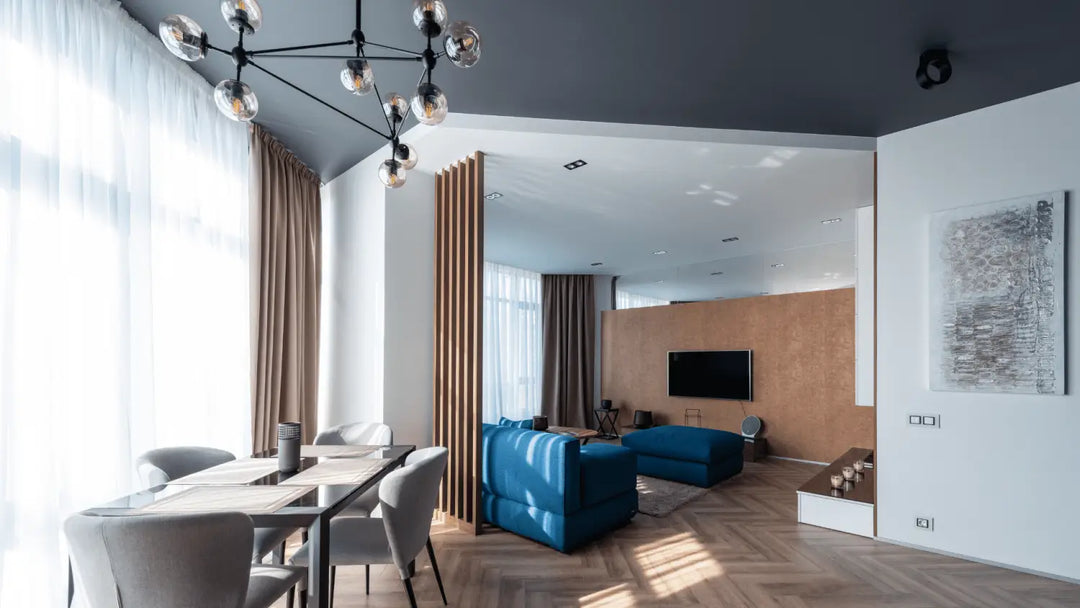
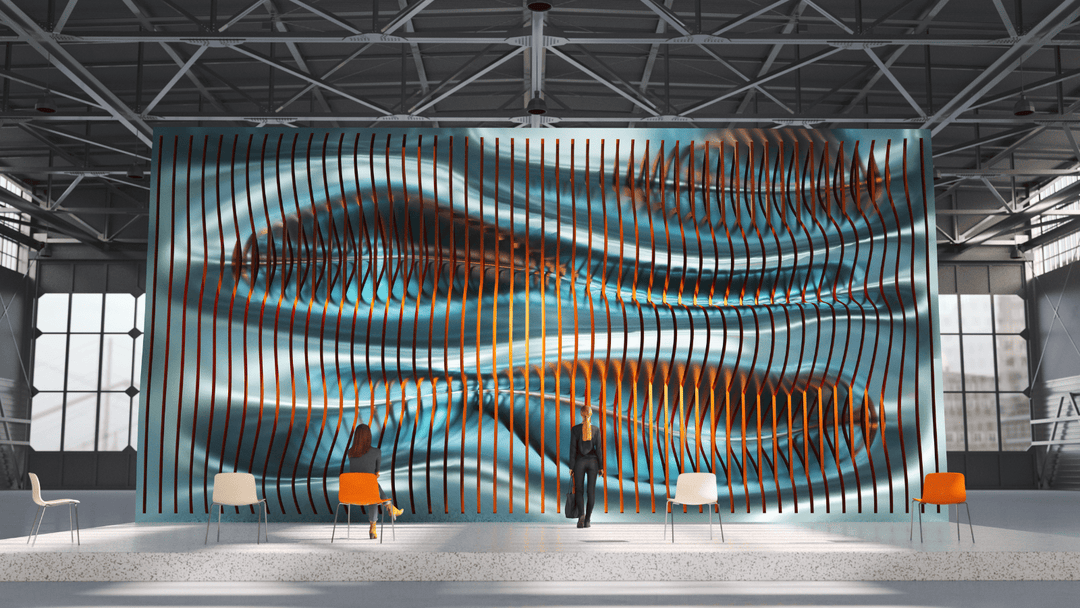
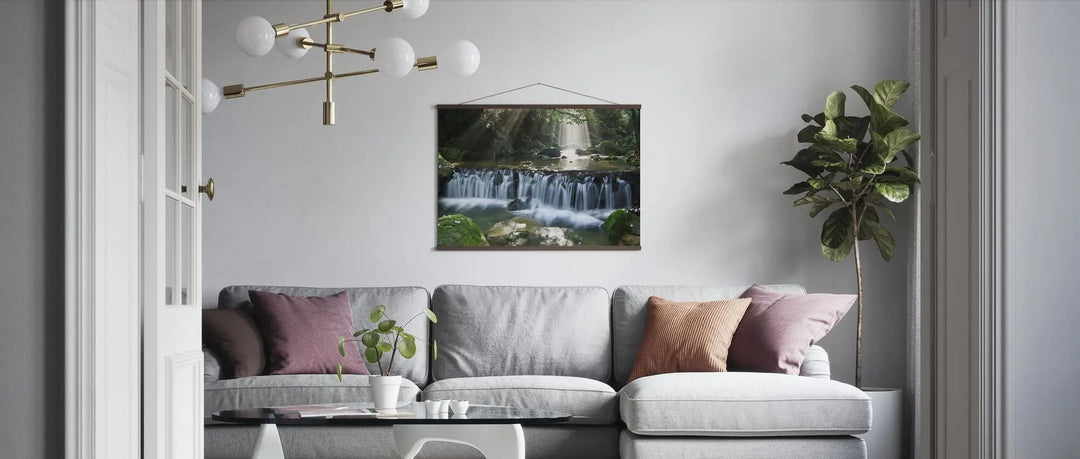







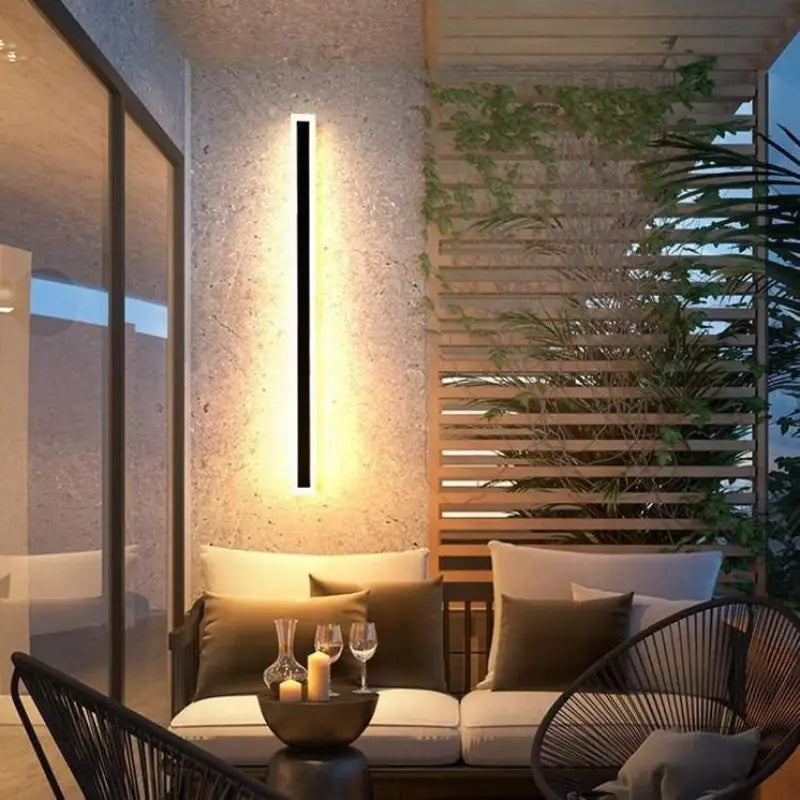











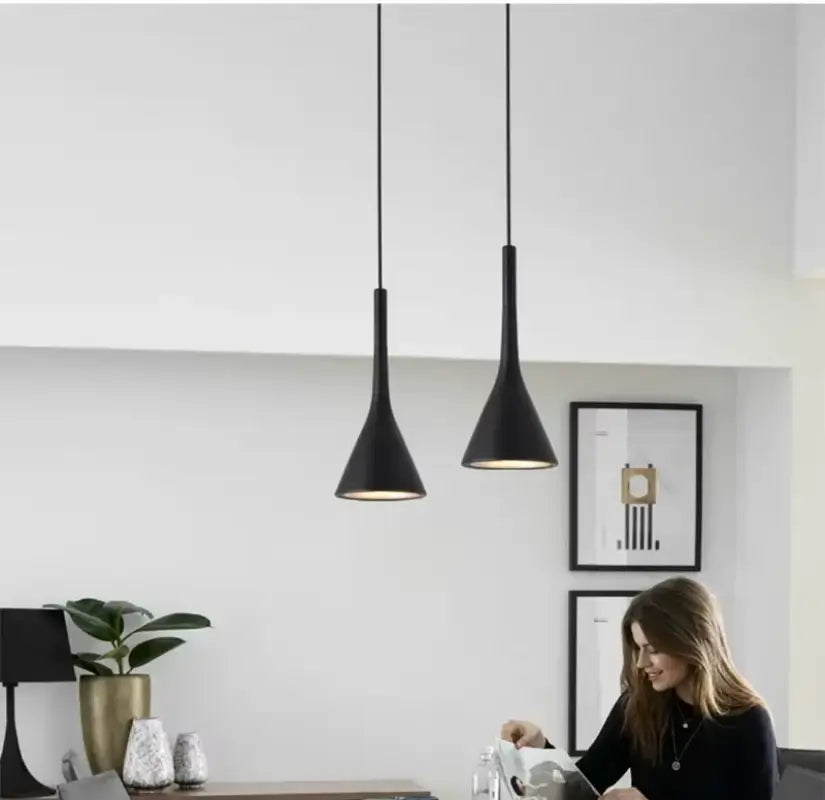
Leave a comment